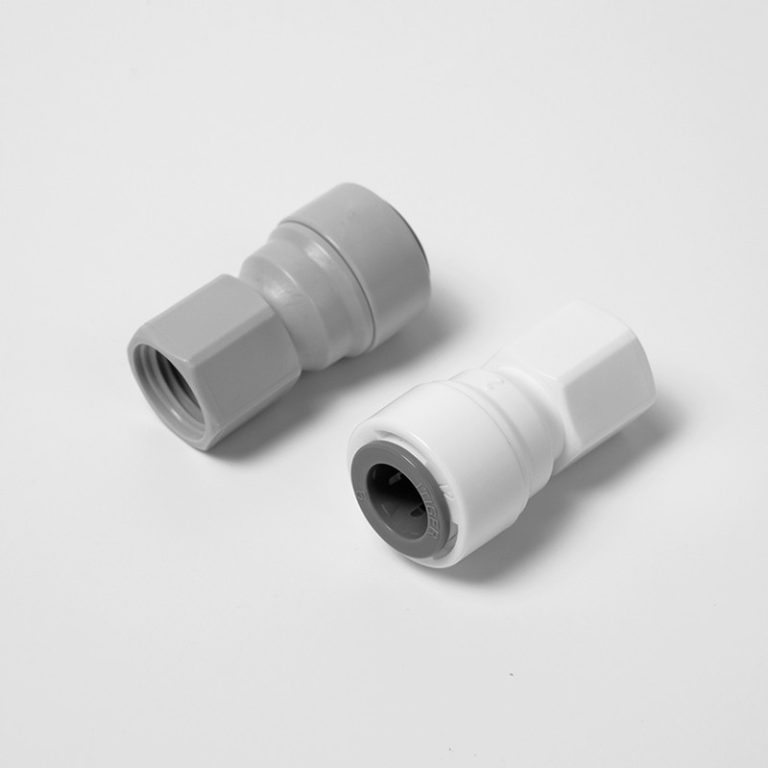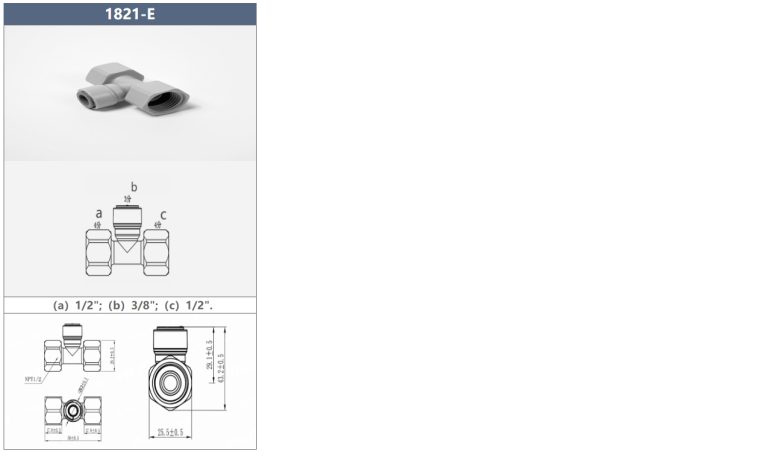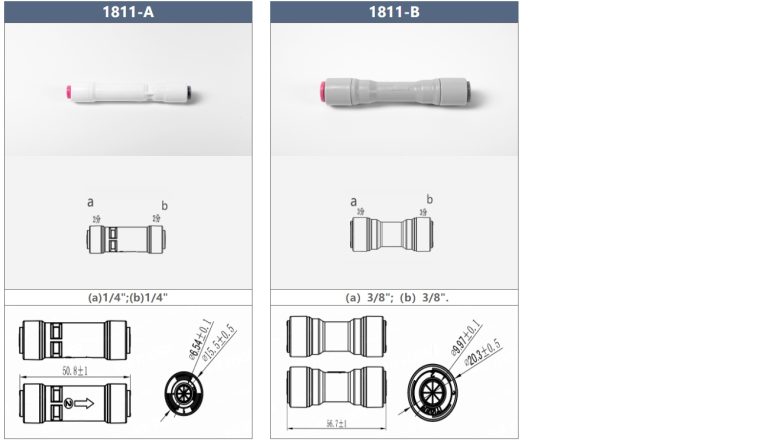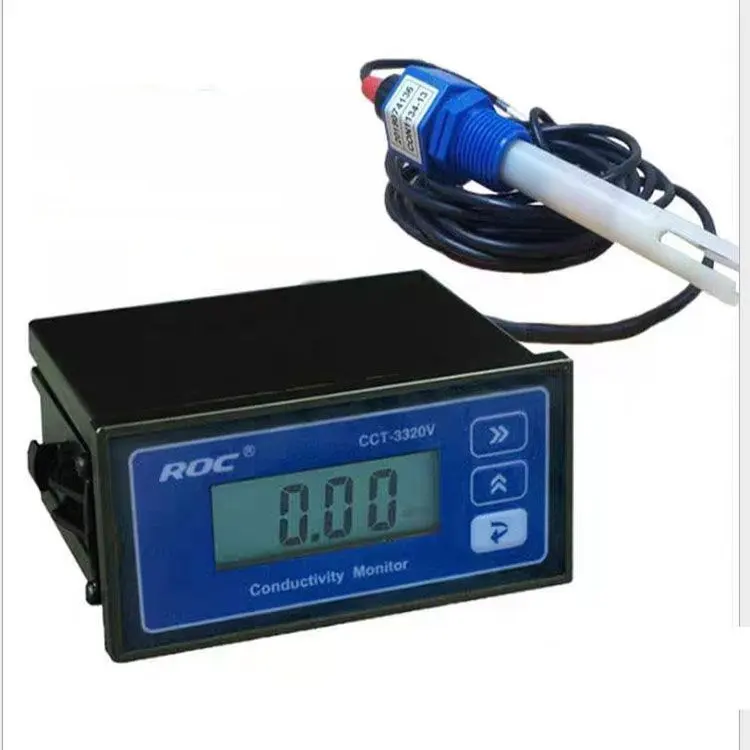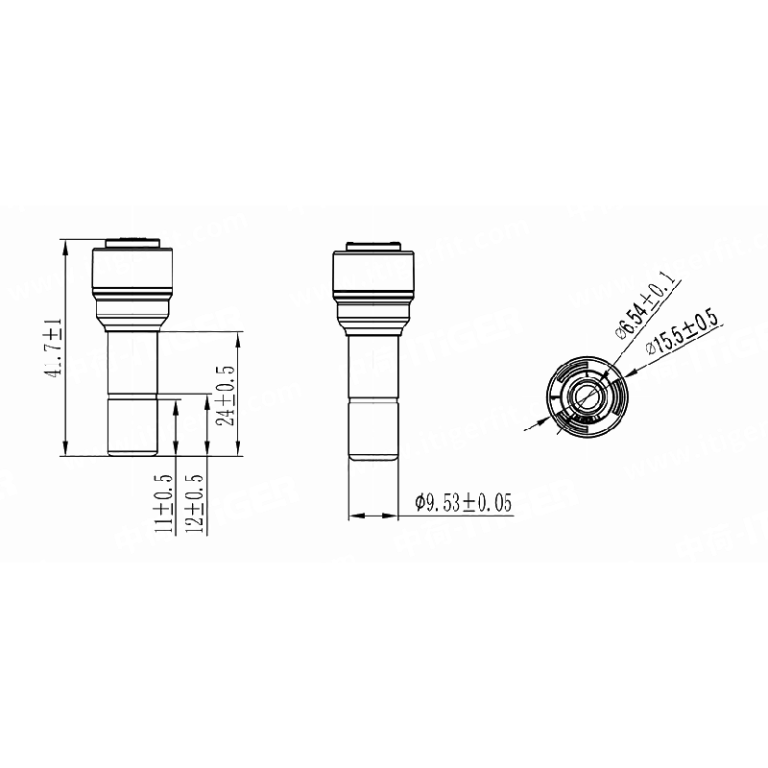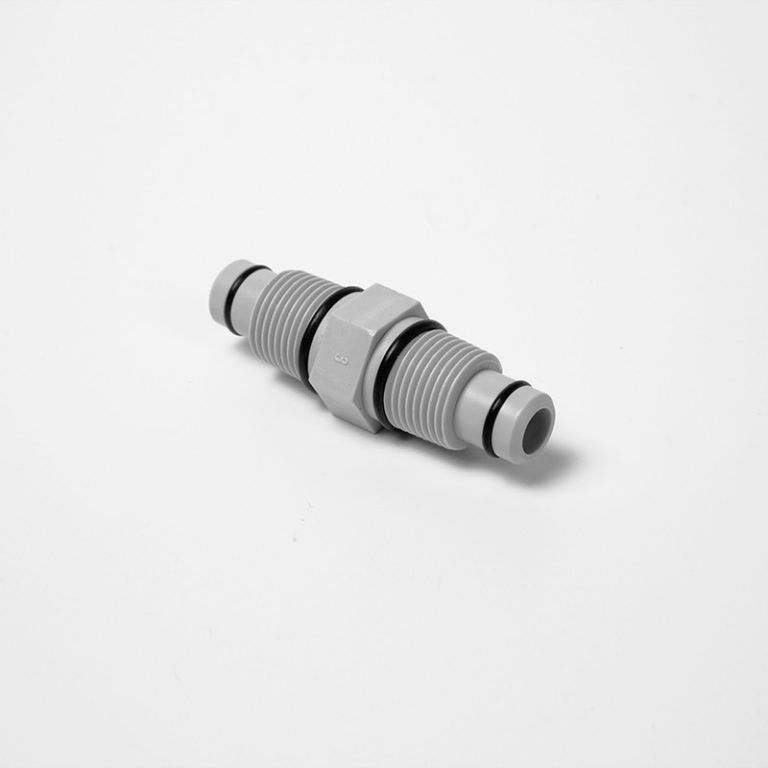Table of Contents
Pros and Cons of Using PVC Push Fittings in Plumbing Systems
PVC push fittings have become increasingly popular in plumbing systems due to their ease of use and quick installation process. These fittings are designed to connect PVC pipes without the need for glue or other adhesives, making them a convenient option for both professional plumbers and DIY enthusiasts. However, like any plumbing material, PVC push fittings come with their own set of pros and cons that should be considered before deciding to use them in a plumbing project.
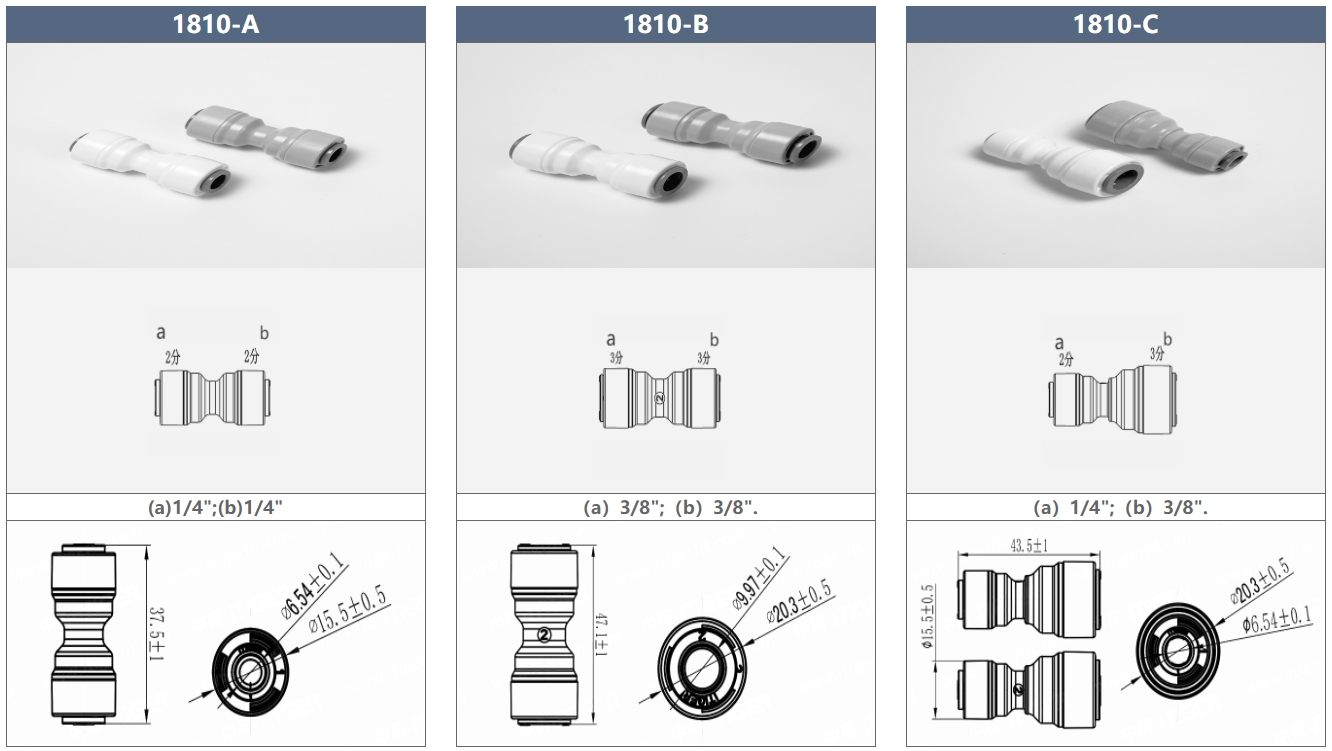
One of the main advantages of PVC push fittings is their simplicity. These fittings can be installed quickly and easily by simply pushing the pipe into the fitting until it clicks into place. This eliminates the need for messy glues and solvents, making the installation process much cleaner and more efficient. Additionally, PVC push fittings can be easily removed and reused if necessary, making them a versatile option for plumbing projects.
Another benefit of PVC push fittings is their versatility. These fittings are available in a wide range of sizes and configurations, making it easy to find the right fitting for any plumbing application. Whether you are connecting two pipes of the same size or joining pipes of different sizes, there is likely a PVC push fitting that will meet your needs. This versatility makes PVC push fittings a popular choice for a variety of plumbing projects.
In addition to their ease of use and versatility, PVC push fittings are also durable and long-lasting. These fittings are made from high-quality PVC material that is resistant to corrosion and chemical damage, ensuring that they will hold up well over time. PVC push fittings are also designed to withstand high water pressure, making them a reliable option for plumbing systems that require strong, leak-proof connections.
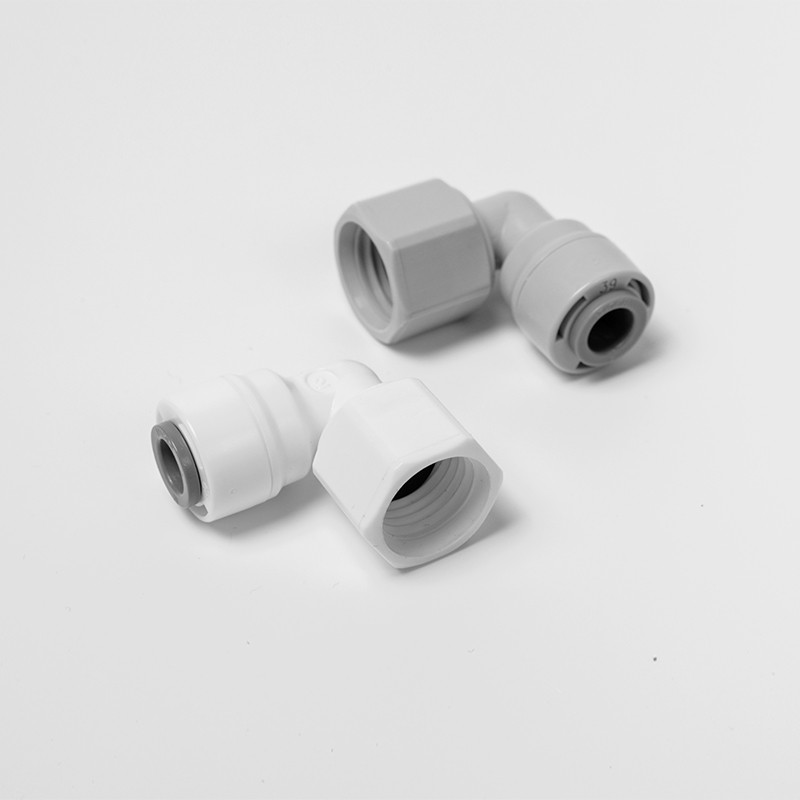
Despite their many advantages, PVC push fittings do have some drawbacks that should be taken into consideration. One of the main concerns with PVC push fittings is their potential for leaks. While these fittings are designed to create a tight seal, there is always a risk of leaks occurring, especially if the fitting is not installed properly. It is important to follow the manufacturer’s instructions carefully when installing PVC push fittings to ensure a secure and leak-free connection.
Another potential downside of PVC push fittings is their limited temperature and pressure ratings. These fittings are not suitable for use in high-temperature or high-pressure applications, as they may become damaged or fail under extreme conditions. It is important to carefully consider the requirements of your plumbing system before choosing to use PVC push fittings to ensure that they are a suitable option for your specific needs.
In conclusion, PVC push fittings offer a convenient and efficient solution for connecting PVC pipes in plumbing systems. Their ease of use, versatility, and durability make them a popular choice for many plumbing projects. However, it is important to be aware of the potential for leaks and limitations in temperature and pressure ratings when using PVC push fittings. By weighing the pros and cons of PVC push fittings, you can make an informed decision about whether they are the right choice for your plumbing project.
Step-by-Step Guide on How to Install PVC Push Fittings for Beginners
PVC push fittings are a convenient and easy-to-use solution for connecting PVC pipes without the need for glue or special tools. These fittings are designed to simply push onto the pipe, creating a secure and leak-proof connection. If you are a beginner looking to install PVC push fittings for the first time, this step-by-step guide will walk you through the process.
| Connector Burst pressure | ≥3.2MPa |
| Connector Color Option | White/Gray |
First, gather all the necessary materials and tools for the job. You will need PVC pipes, PVC push fittings, a pipe cutter or hacksaw, and a rag to clean the pipes. Make sure to measure and cut the PVC pipes to the desired length before beginning the installation process.
Once you have your materials ready, start by cleaning the ends of the PVC pipes with a rag to remove any dirt or debris. This will ensure a proper and secure connection when installing the push fittings. Next, insert the pipe into the fitting, making sure it goes all the way in until it reaches the stop inside the fitting.
To secure the connection, push the fitting onto the pipe with a firm and even pressure. You should feel and hear a click when the pipe is fully inserted into the fitting. This click indicates that the connection is secure and leak-proof. Repeat this process for all the connections you need to make.
If you need to make any adjustments or remove a fitting, simply push down on the release collar located on the fitting. This will allow you to easily remove the pipe from the fitting without damaging the pipe or the fitting itself. Make sure to always use caution when making adjustments to avoid any accidents or injuries.
Once all the fittings are installed and secure, test the connections by running water through the pipes. Check for any leaks or drips at the fittings and make any necessary adjustments if needed. It is important to ensure that all connections are tight and secure to prevent any water damage or leaks in the future.
In conclusion, installing PVC push fittings is a simple and straightforward process that can be done by beginners with ease. By following this step-by-step guide, you can successfully install PVC push fittings for your plumbing needs. Remember to always use caution and follow safety guidelines when working with PVC pipes and fittings. With the right tools and materials, you can create secure and leak-proof connections for your plumbing projects.
| Model | Tube(a) | Stem(b) |
|---|---|---|
| 1801-A | 1/4 | 1/4 |
| 1801-C | 1/4 | 3/13 |

